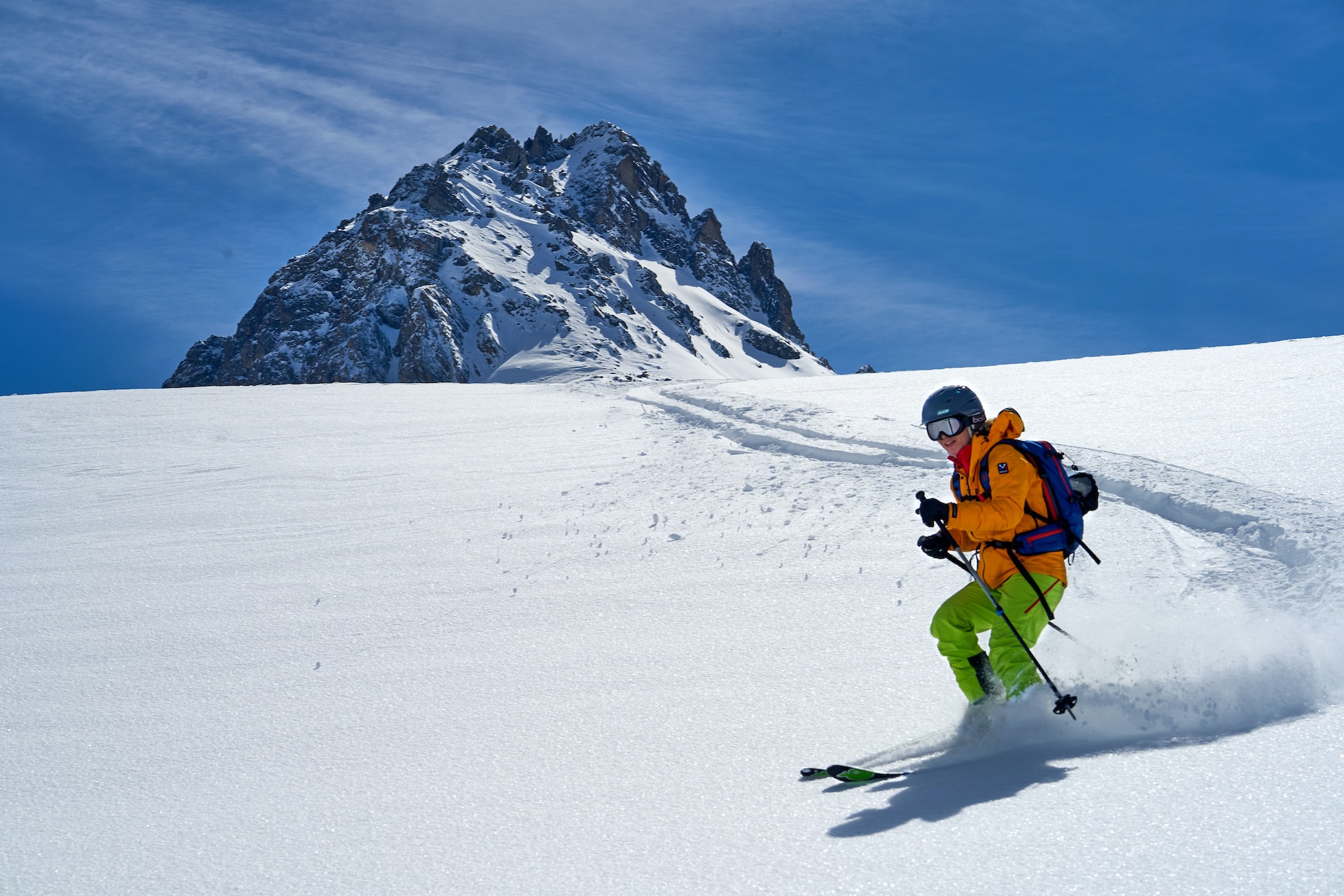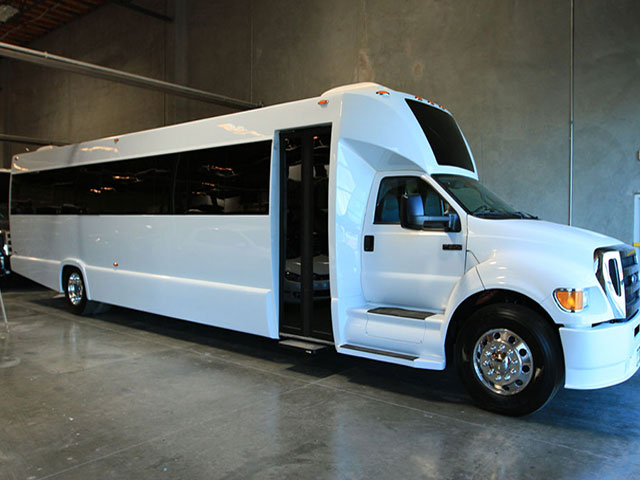It’s exhilarating to learn to ski as a novice, but you’ll need to get ready in advance. Wearing the best ski gear for beginners and dressing appropriately are also parts of that preparation. You should dress in suitable ski boots, thermal underwear, a light wool or fleece top, ski socks, a ski jacket, ski leggings, gloves or mittens, a ski helmet, and ski goggles to stay warm and comfortable. The good news a brand is offering huge discounts on skiing apparel you just need the SidelineSwap Coupon Code.
What to dress for an upcoming ski or snowboard session at the nearby resort might be something you’re considering if you’re new to the slopes or haven’t been out in a while. To stay warm and sheltered from the winter weather without sacrificing style, this essay lays down the fundamentals.
An overview of what to wear while skiing or snowboarding is provided below:
- Extended Underwear
- Snowboard Or Ski Socks
- Wool Or Light Fleece Top
- Snowboard Or Ski Pants (Or Bibs)
- Mittens Or Gloves
- Helmet \Sgoggles
- Neckwear Such As A Balaclava
- Snowboard Or Ski Jacket
Long Underwear
This covering keeps you warm and wicks sweat from your skin. select silk, synthetics, or wool (not cotton). Depending on the ambient temperature and whether you run hot or cold, you should wear a lightweight or midweight garment.
Lightweight Wool or fleece top
Wear it under your jacket to boost warmth on the slopes; wear it over your long underwear top in the car and the lodge.
Ski or snowboard socks
Ski and snowboard socks are not excessively thick and are taller than your boots (thick socks can make your feet colder if they make your boots too tight and restrict your blood circulation). Some of them have shin padding. Wear wool or synthetic socks instead of cotton socks since cotton socks take a very long time to dry off after being wet from perspiration or snow.
Ski or snowboard jackets
These typically have insulated construction, waterproofing or water resistance, handy pockets, and other snow-specific characteristics. It would also be sufficient to wear a rain jacket over a fleece or wool top, though its slickness might make any slides you make after falling longer.
(Or bibs) for snowboarding or skiing These are frequently insulated, waterproof or water resistant, and sometimes have handy pockets, vents, and features to keep snow from getting inside your boots. Rain pants that are both breathable and waterproof would work as well. For added insulation, wear fleece pants underneath.
Gloves
Choose waterproof or water-resistant, insulated gloves or mittens. Mittens are typically warmer than gloves because they are thicker, but you lose some dexterity in the process (though inner liner gloves offer versatility). However, they do have some nice features, such as built-in goggle wipes and long cuffs that go up to mid-forearm to keep snow out. You don’t need ski gloves or mittens or skiing, you can wear any gloves.
Helmet
Although not required, wearing a ski helmet is strongly advised as it keeps your head, ears, and neck warm and dry. (If you’re not wearing a helmet, wear a warm hat for your head safety.) You don’t necessarily need to buy one right away because most ski resorts rent one. You can use the Rossignol Coupon Code to buy helmets at low prices for skiing.
Goggles
These shield your eyes from snow, glare, and wind. Make sure they fit your facial shape, your helmet, and your glasses if you wear them. They should fit snugly with no gaps. If you don’t have a pair, ask a buddy if you may borrow theirs for the day. If it’s not snowing right now, sunglasses work just as well.
DISCLAIMER : This and other personal blog posts are not reviewed, monitored or endorsed by Blogjab. The content is solely the view of the author and Blogjab is not responsible for the authenticity of content of this post in any way. Our curated content which is handpicked by our editorial team may be viewed here.






